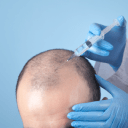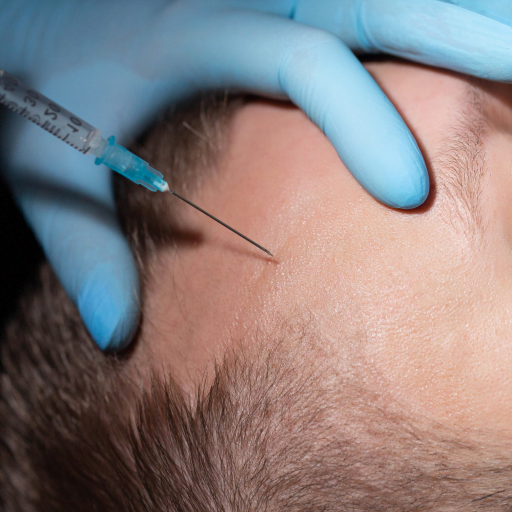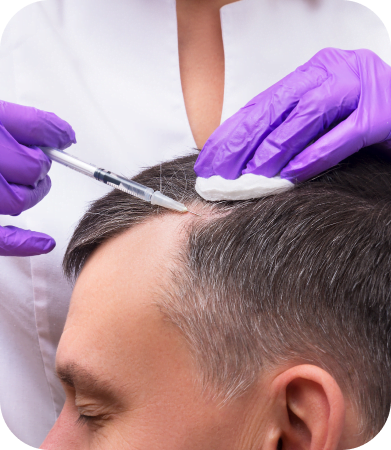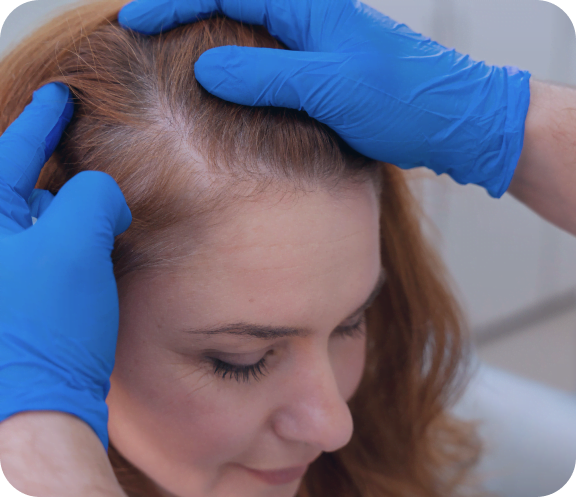Platelet-Rich Plasma (PRP) for Hair Loss
Conveniently located to serve the Northern Virginia, Maryland and Washington D.C. metro areas.
Platelet-rich plasma (PRP) treatments consist of extracting PRP from an individual’s blood and injecting PRP into hair follicles. PRP extraction employs a centrifuge-like device that separates PRP from the blood and increases the concentration of proteins that boost healing in the body.
Platelet-rich plasma (PRP) treatments are a type of regenerative medicine that bolster the body’s ability to heal and promote natural growth factors in the body used for healing body tissue. Research suggests that PRP injections can address androgenic alopecia, referred to as male pattern baldness. PRP treatments can be performed alone or combined with other cosmetic procedures.
At The Hair Transplant Center – Virginia, we perform PRP therapy with FUE hair transplant surgery. We also offer stand-alone PRP treatments to address hair loss.



